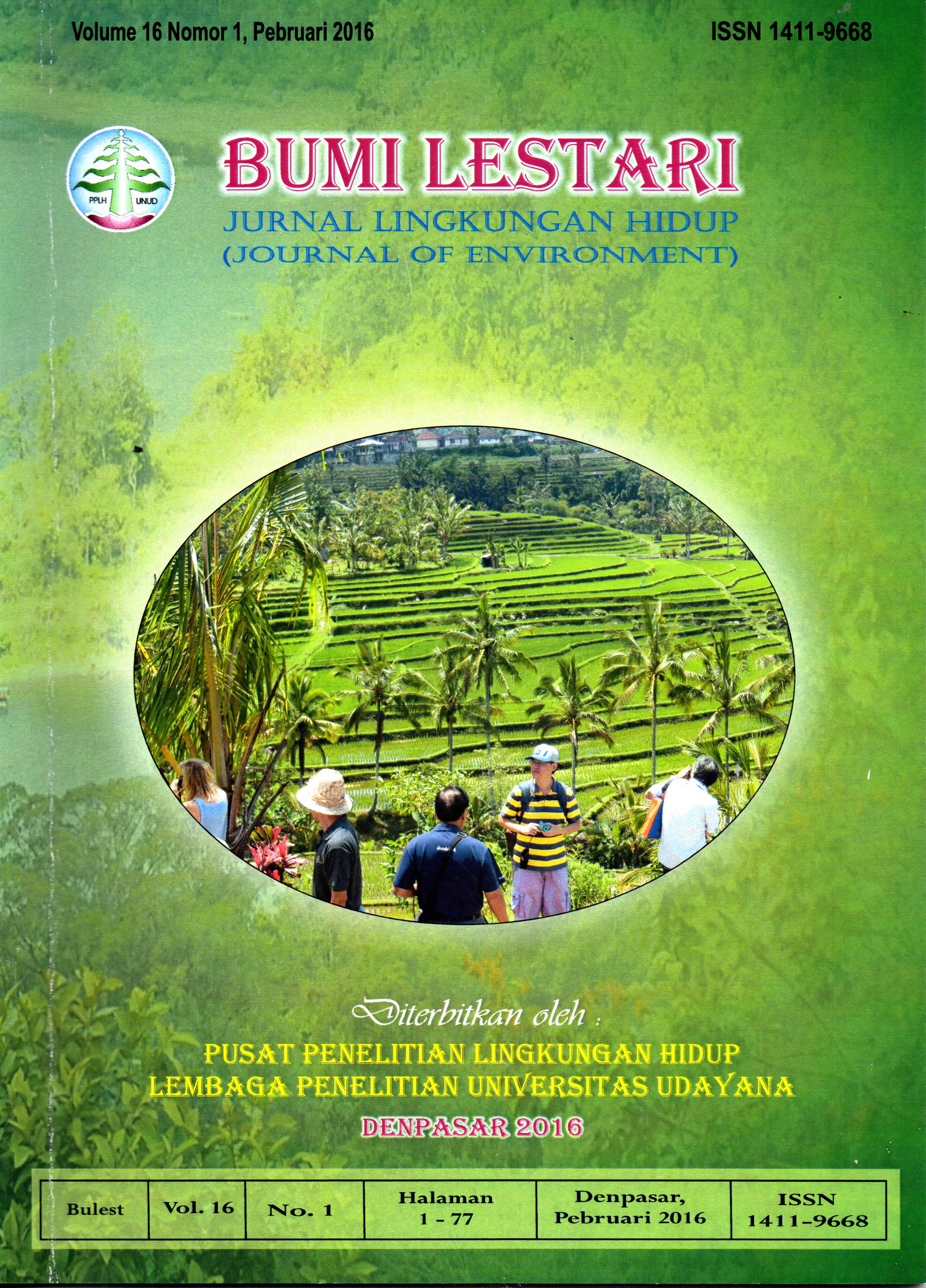INVENTARISASI TUMBUHAN PENGHASIL PEWARNA ALAMI DI KEBUN RAYA CIBODAS
Abstract
Cibodas Botanic Garden, as ex situ conservation areas, preserves living materials ofthe wet mountains flora. Recently, bioprospecting study for dye in this areas has not yetbeen done. Therefor, the aim of this study was to inventory of natural dye in Cibodas BotanicGarden. Sampel were collected by exploration methods. Parts of plants, kinds of color andits chemical compound were recorded based on observation, interview with nurseries andliterature study. A total of 122 species that belongs to 57 families were potentially source asnatural dye, 23 of them has been traditionally used as natural dye in the various places inIndonesia. The plant family of Fabaceae, Rosaceae, Symplocaceae, and Myrtaceae are themost families that used as a source of dye. The color can be produce are ranging from red,purple, yellow, black, brown, green, blue, and orange. The plant organs used as a source ofdye are roots, stems, leaves, flowers, and fruit. Begonia semperflorens,Berberis nepaulensis,B.fortunei, Symplocosspp., Liquidambar formosana, andDiospyros kaki were potentially fornatural dye, as reported from other countries.Downloads
Keywords
Authors who publish with this journal agree to the following terms:
- All articles published by Bumi Lestari Journal of Environment and Environmental Reseach Center Udayana University are made available under an open access license worldwide immediately. This means everyone has free and unlimited access to the full-text of all articles published in Bumi Lestari Journal of Environment, and everyone is free to re-use the published material given proper accreditation/citation of the original publication. Open access publication is supported by authors' institutes or research funding agency by payment of a comparatively article processing charge for accepted articles (See Author Fees). Bumi Lestari Journal of Environment and Environmental Reseach Center Udayana University publish articles under the Creative Commons Attribution License.
- Authors are able to enter into separate, additional contractual arrangements for the non-exclusive distribution of the journal's published version of the work (e.g., post it to an institutional repository or publish it in a book), with an acknowledgement of its initial publication in this journal.
- Authors are permitted and encouraged to post their work online (e.g., in institutional repositories or on their website) prior to and during the submission process, as it can lead to productive exchanges, as well as earlier and greater citation of published work (See The Effect of Open Access).





